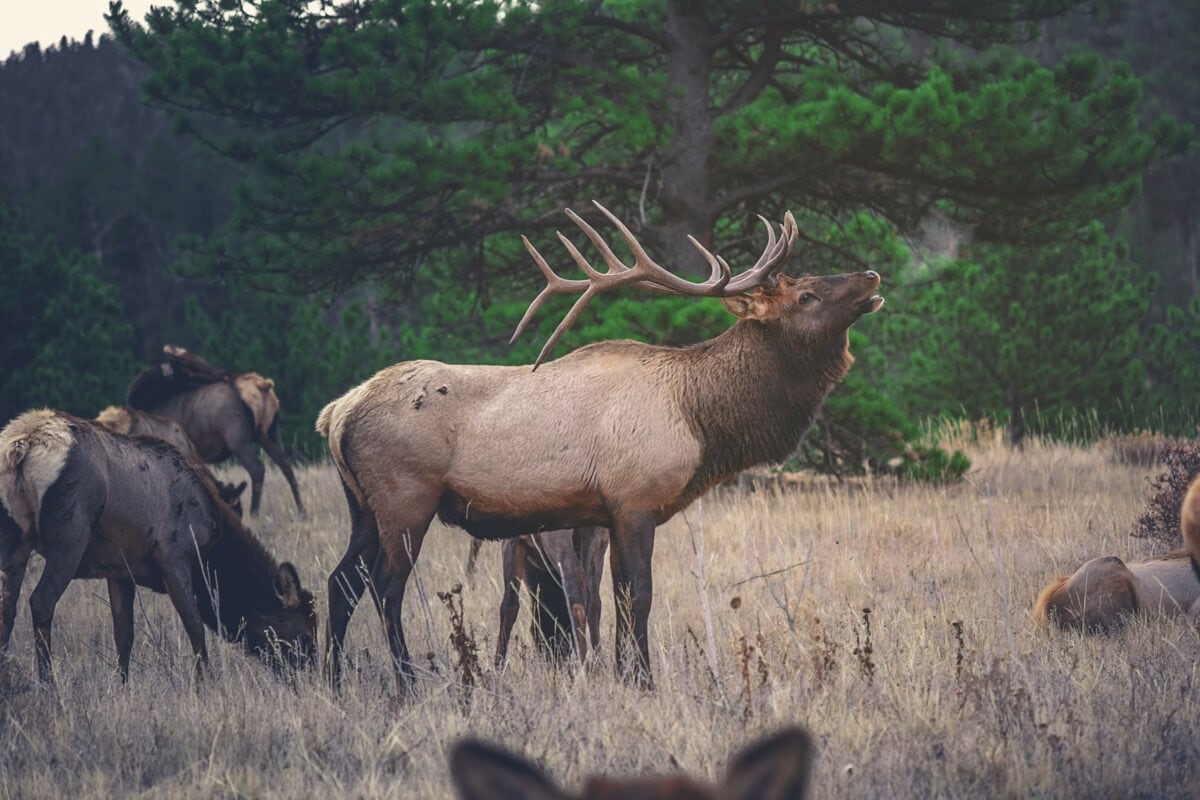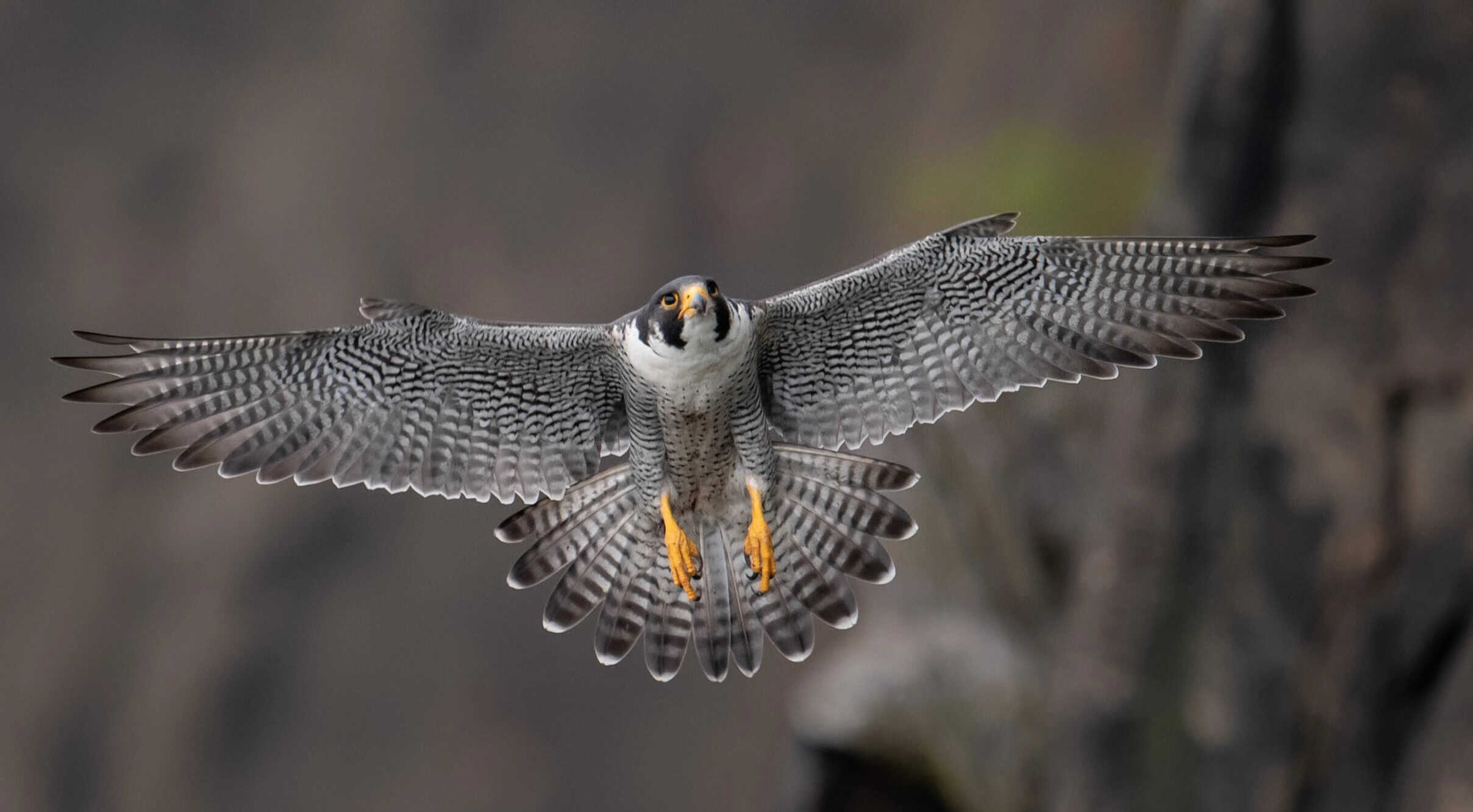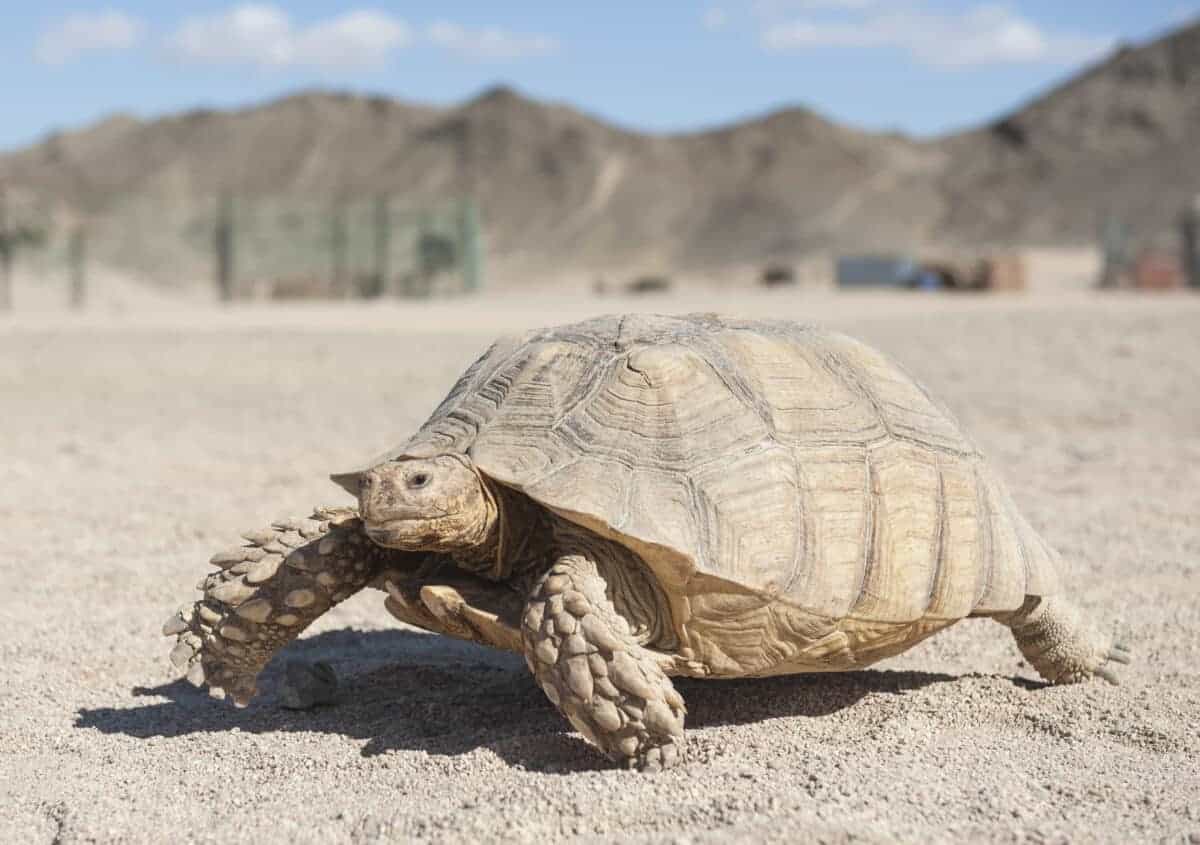Mule Deer

The mule deer is one of Utah’s most iconic wildlife species, commonly found in the state’s varied habitats, from desert lowlands to mountainous regions. Recognizable by their large ears, which resemble those of a mule, these deer are a favorite among wildlife watchers. Mule deer are particularly active during the dawn and dusk hours, grazing on leaves, twigs, and shrubs. Their annual migration is a sight to behold as they move between summer and winter ranges in search of food and favorable living conditions.
American Black Bear

Utah is home to the American black bear, the state’s only native bear species. Residing primarily in forested and mountainous areas, these bears are highly adaptable omnivores. While they primarily consume a vegetarian diet consisting of berries, nuts, and plants, they will occasionally eat insects and small mammals. Despite their fearsome reputation, black bears can be quite elusive, often avoiding human contact. Observing them in the wild requires patience and a respectful distance.
Utah Prairie Dog

The Utah prairie dog is a unique species found only in the southwestern part of the state. These small, social creatures are easily recognized by their distinctive barking calls and complex burrow systems. Prairie dogs play a significant role in their ecosystem by aerating the soil and providing habitat for other species. Conservation efforts are ongoing to protect their declining populations, primarily due to habitat loss and disease.
Moose

The largest member of the deer family, the moose, is a majestic presence in Utah’s wilderness. Typically found in marshy and wooded areas, moose are herbivores, feeding on aquatic vegetation, bark, and shrubs. These solitary animals are most active during cooler parts of the day and are well adapted to cold climates. Spotting a moose in Utah can be an awe-inspiring experience due to their massive size and graceful demeanor.
Greater Sage-Grouse

Known for their elaborate mating displays, the greater sage-grouse is a fascinating bird found in Utah’s sagebrush ecosystem. Males perform a unique courtship dance, puffing up their chests and making distinctive popping sounds to attract females. These birds rely heavily on sagebrush for food and shelter, making habitat conservation critical for their survival. Observing their mating rituals in early spring is a highlight for bird enthusiasts.
Rocky Mountain Elk

The Rocky Mountain elk is a prominent feature of Utah’s wildlife, thriving in the state’s diverse landscapes. These large herbivores are most often seen in herds, foraging on grasses, leaves, and bark. During the autumn rut, male elk (or bulls) engage in dramatic displays of dominance, including antler battles and powerful bugling calls. Wildlife watchers can enjoy breathtaking views of elk in many of Utah’s national parks and forests.
Peregrine Falcon

Renowned for being the fastest bird in the world, the peregrine falcon can be found soaring above Utah’s cliffs and open landscapes. These raptors are extraordinary hunters, using their incredible speed and agility to catch birds in midair. Conservation efforts have successfully brought peregrine populations back from the brink of extinction, making their presence in Utah a symbol of successful wildlife protection.
Bighorn Sheep

Bighorn sheep are well adapted to Utah’s rugged mountain terrain, showing off their agility and strength as they navigate steep cliff faces. Known for the males’ monumental curved horns, these animals are a symbol of the wild, untamed nature of the state’s wilderness. Bighorn sheep primarily graze on grasses and shrubs and are best observed in the cooler months when they descend to lower elevations.
Desert Tortoise

Resilient and wise, the desert tortoise lives in the arid landscapes of southwestern Utah. These long-lived reptiles spend most of their time in burrows to escape the desert’s extreme temperatures. They emerge mainly after rainfall to feed on a variety of vegetation. The desert tortoise’s slow and steady existence serves as a reminder of the intricacies and adaptations required to survive in harsh environments.
Mountain Lion

Also known as cougar or puma, the mountain lion is Utah’s largest carnivore and a master of stealth. These solitary predators roam vast territories in search of prey, playing a crucial role in the ecosystem by maintaining balance within wildlife populations. Though rarely seen due to their reclusive nature, the presence of mountain lions is a testament to the richness of Utah’s natural habitats.
Utah’s diverse landscapes and ecosystems are a haven for an impressive array of wildlife. From the majestic moose roaming the forests to the agile peregrine falcon soaring the skies, each species contributes uniquely to the vibrant tapestry of life in the state. Observing and protecting these animals is not only a privilege but also a responsibility, ensuring that future generations can experience the same natural wonders.
- How Climate Change is Creating More Superstorms - August 25, 2025
- The Most Unique Turtle Species Living in South Carolina’s Wetlands - August 25, 2025
- The Largest Bald Eagle Nest Ever Found in Washington State - August 24, 2025

